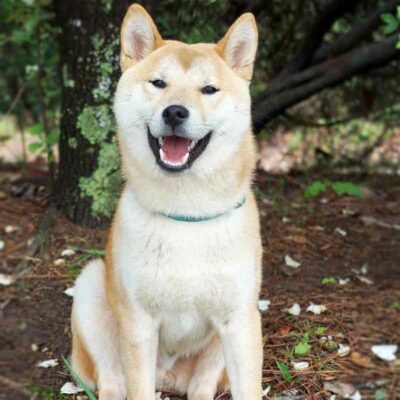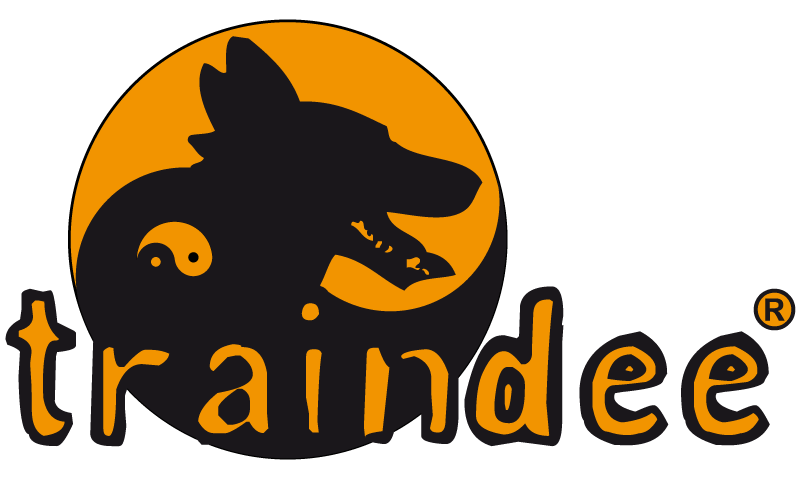
The Shiba Inu dog breed
The Shiba Inu, a small non-sporting breed hailing from Japan, boasts a short yet dense double coat, and an appearance reminiscent of a fox.
This breed features upright, triangular ears and a bushy tail that elegantly curves over its back. Originally bred for hunting, the Shiba Inu maintains its muscular and athletic physique, coupled with a reputation for independent and occasionally aloof behavior.
Notably, these dogs exhibit self-grooming tendencies similar to cats.
Characteristics of the Shiba Inu
Shiba Inus generally display a reserved temperament, although they can be affectionate and attentive to their owners. Their character is characterized by high intelligence alongside a hint of stubbornness.
When appropriately socialized from a young age, Shiba Inus can harmoniously coexist with other dogs and children.
History of the Shiba Inu
The lineage of the Shiba Inu can be traced back to 300 BC in Japan when these dogs were used as hunting companions to flush out small game. The name “shiba” in Japanese translates to “brushwood,” potentially denoting the breed’s ability to flush out animals from the brushwood. Alternatively, it could refer to the reddish hue of the Shiba’s coat.
In the 1800s, foreign dog breeds were introduced to Japan, which led to the dilution of purebred Shiba Inus. Efforts to preserve the breed commenced in response to this threat, but World War II disrupted these endeavors, nearly driving the Shiba Inu to extinction.
Amid the chaos, three bloodlines from different regions endured, ultimately shaping today’s Shiba Inu. By the mid-1900s, this breed had also found its way to the United States, gaining recognition from the American Kennel Club in 1992.
Shiba Inu Care
Despite having a moderate energy level, Shiba Inus require daily exercise, grooming, and consistent training and socialization for their well-being and happiness.
Exercise
Shiba Inus should engage in at least an hour of daily exercise, encompassing activities such as walks, hikes, jogging, playtime, and more. Additionally, mental stimulation through puzzle toys and dog sports is an effective means to keep them mentally sharp.
A bored Shiba Inu may develop undesirable behaviors, like excessive chewing. When outdoors, always keep them leashed even when pulling or within a securely fenced area due to their inclination to run off, especially if they spot small animals to chase.
Grooming
Grooming for Shiba Inus is generally straightforward, requiring weekly brushing to remove loose fur, prevent matting, and maintain a clean coat. Seasonal shedding may necessitate more frequent brushing. While their coat remains fairly clean, a monthly bath is typically sufficient. Regular ear and nail maintenance is also vital, along with daily teeth brushing.
Training
Training a Shiba Inu may demand extra patience and persistence due to their strong-willed and occasionally stubborn nature. Initiate training from a young age to prevent the formation of undesirable habits. Employ positive reinforcement techniques, such as treats and praise, to capture their attention. Housebreaking usually comes naturally to Shiba Inus, as they prefer not to make a mess indoors.
Socialization plays a crucial role in exposing Shiba Inus to various people, other dogs, and different environments from a young age, aiding in reducing their naturally standoffish tendencies. While they may be cautious around strangers, they are typically not excessive barkers.
Common Health Problems
Shiba Inus generally enjoy a lengthy lifespan and good health. However, they are susceptible to some hereditary health issues, including:
- Luxating patella
- Hip dysplasia
- Allergies
- Eye problems
Diet and Nutrition
Provide fresh water consistently for your Shiba Inu and opt for a high-quality, nutritionally balanced canine diet. Feeding them two measured meals each day is common practice. Consult your veterinarian to determine the suitable quantity and type of food that meets your dog’s individual needs.
Some Shiba Inus may be selective about their food, necessitating experimentation with various options. Always monitor treats and additional food to prevent overfeeding.


